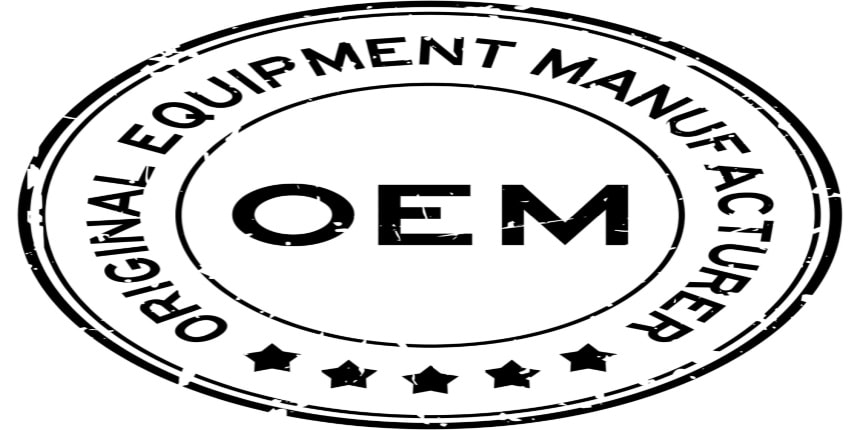OEM Full Form
What is the full form of OEM?
The full form of OEM is Original Equipment Manufacturer. This refers to a company that produces components or parts that are used in another company’s finished product. In other words, the OEM is the original producer of the parts or components that are used in a product, but the final product is assembled and marketed by another company. In the world of manufacturing, there are numerous terms used to describe various processes and procedures. The term is commonly used in the automotive and technology industries, but what does it really mean? In this article, we will explore the full form of OEM, what it represents, and its significance in the manufacturing industry.
- What is the full form of OEM?
- Importance of OEM
- Conclusion

Importance of OEM
OEMs play a crucial role in the manufacturing industry, especially in the automotive and technology sectors. These companies are responsible for producing high-quality parts and components that are used in finished products. Without OEMs, manufacturers would have to produce all the parts in-house, which could increase the cost and time required to produce finished products. By using OEM parts, manufacturers can save time and money, as they do not have to produce the parts themselves.
OEMs also help manufacturers maintain consistency in their products. Since OEM parts are made to specific standards and specifications, they are reliable and consistent in their performance. This ensures that the final product is of high quality and meets the required standards.
In addition to this, OEMs provide support and technical expertise to manufacturers. They can help with the design, development, and testing of components and parts, which can improve the final product’s performance and quality.
Conclusion
In conclusion, OEM stands for Original Equipment Manufacturer. These companies play a crucial role in the manufacturing industry, producing high-quality parts and components that are used in finished products. By using OEM parts, manufacturers can save time and money while maintaining consistency in their products. OEMs also provide support and technical expertise to manufacturers, which can improve the final product’s performance and quality. With their strict quality control measures, OEMs ensure that their parts are reliable and consistent in their performance, making them an essential part of the manufacturing process.
Frequently Asked Questions (FAQs)
ODM stands for Original Design Manufacturer. ODMs design and manufacture products for other companies, while OEMs produce parts and components that are used in finished products.
Yes, some companies can be both an OEM and ODM, depending on the products and services they offer.
Yes, manufacturers can use non-OEM parts in their products, but this can affect the quality and performance of the final product.
OEM parts can be more expensive than non-OEM parts, but they are usually of higher quality and are more reliable and consistent in their performance.